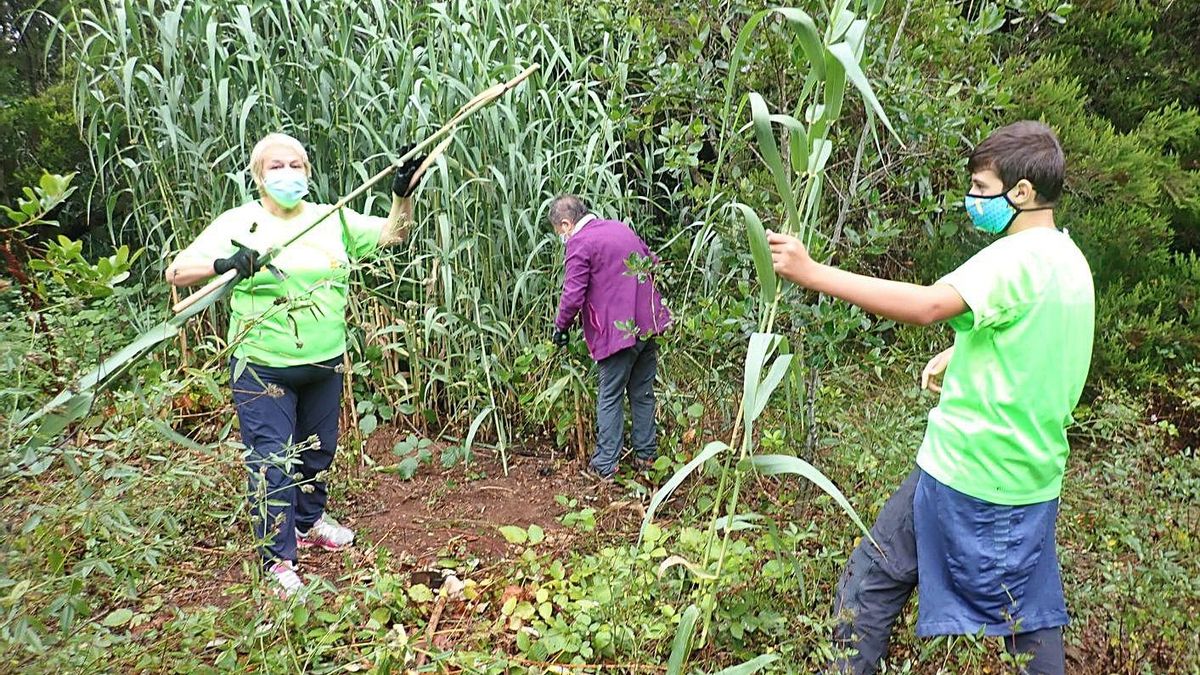
The Insular Mountaineering Federation warns that “it is possible to go hiking on the Island”, despite the declaration of maximum alert for risk of forest fires decreed by the Canary Islands Government for Tenerife on August 12. The island mountaineers emphasize that “the risk areas are clearly delimited on the island map. The use restriction does not affect large areas of the Southeast, Southwest and North; You can walk on the trails that are on them.
The Federation clarifies: “This is not an obstacle to appeal to personal and collective responsibility when going out to enjoy nature in those places that are not restricted in the current meteorological circumstances.” In this regard, the group recalls the need to “carry water, at least between a liter and a half and two liters per person, depending on the route; wear sunscreen, a hat, appropriate clothing and footwear, as well as the maximum care and protection for minors, in addition to avoiding the central hours of the day or those with the highest expected temperature ”.
The Federation explains: “The Cabildo extraordinarily activated grade 2 and 3 measures to prevent forest fires.” And he adds: «They are exclusively applicable in risk areas. The rest of the island territory is left out; that is to say, those great coastal zones of the southwest, the Northwest and all the North strip ».
Mountaineers reflect: “These extraordinary phenomena, closely related to climate change, are going to occur with increasing frequency.” For this reason, “it is convenient to contact the administration, both insular and local, to improve the coastal paths, which are generally quite safe.”
“A possibility – they point out – of recovering communication routes, on foot or with beasts, which linked almost all the island’s municipalities along the coast.” They value: “Speculation cut them off as the occupation of coastal areas for tourist exploitation spread without seeking a balance between generating an economy and the conservation of natural, historical and ethnographic heritage.” And they insist: “There are attempts on the coast of Arico, Granadilla and Guía de Isora to transform vast natural spaces for commercial purposes without the support of the scientific world.”
For the Federation, “The protection of nature must preside over all actions.” They highlight “the scarce environmental education of the population” and conclude: “If this education could compete with sensationalism, we would see, with the authorities, the role of each in risk situations.”
Fight against the invading cane
The Montañeros de Nivaria collective maintains its environmental volunteering activity in August. The most recent action has been the control of common sugarcane in the Agua García Forest, in Tacoronte. They had already been there a few months ago, in the old La Bombilla field, but it remained to dig deep into the ground to extract the roots. It is worth highlighting the veteran volunteers Ana María Martínez Hernández, over 80 years old, and María Rivero Martín, who is over 70. The common cane (arundo cona) is a plant similar to bamboo that reaches between 3 and 6 meters in height. . The lanceolate leaves are long, 5 to 7 centimeters, and wrap the stem in the form of sheets. The reeds take advantage of the humidity of the laurel forest to extend their underground rhizomes. More than 50 kilos were removed, the bags of which had to be transported one kilometer, along with the waste containers. Little by little, exotic species are displaced from the forest and endemic vegetation is recovered.
















